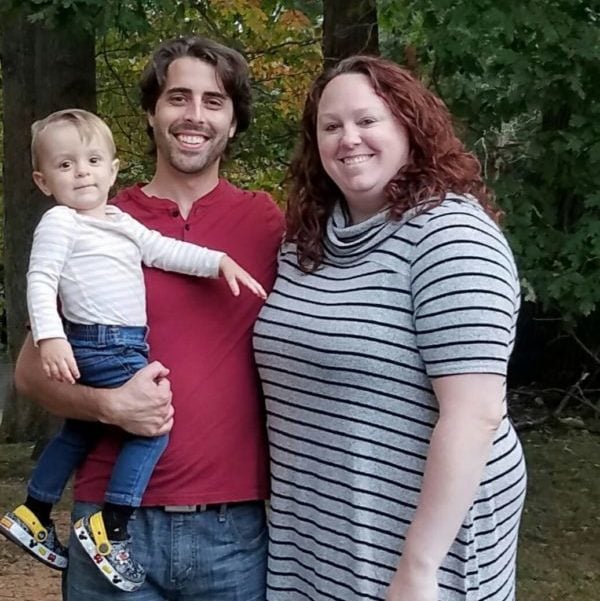
Patient Story
Molly & Patrick
Robert J. Stillman, M.D.
Rockville, Maryland
Pittsburgh, PA
In Vitro Fertilization (IVF)
Related Stories
Patient Story
Sara & Chad
Patient Story
Jackie & Mike
Patient Story
Lauren & James
Patient Story




